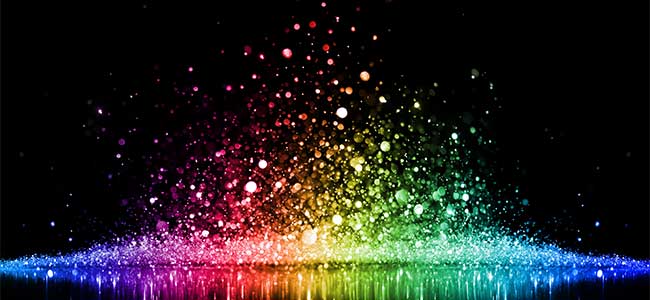Beyond Light vs. Dark: Why Color Rendering Is a Critical Safety Factor in Hazloc Lighting
Color rendering is a critical safety factor in hazardous location lighting, impacting visibility, color accuracy, and risk mitigation beyond basic brightness levels.
When most people hear the phrase “adequate lighting” in an industrial setting, they immediately think about brightness and the level of visibility. Certainly, that’s important for employee safety. Studies show that adequate illumination can reduce the risk of slips, trips and falls by up to 60 percent.
But brightness isn’t the only factor to consider. Industrial sites must also ensure their lighting delivers color accuracy: vivid and true-to-life color rendering that allows workers to easily distinguish between colors. While this might seem more like a convenience than a necessity, the ability to discern colors is a fundamental safety factor in harsh, hazardous settings, and therefore the right lighting plays an essential role in risk mitigation.
The Critical Role of CRI
How accurately a given light source portrays color is measured on the Color Rendering Index (CRI). This scale, ranging from 0 to 100, uses natural light as its benchmark for the most accurate color rendering possible: 100 CRI. A light source with a higher CRI rating indicates that objects illuminated by it appear more vivid and true, while lower CRI ratings (typically below 80) mean that light source may make colors appear distorted.
This effect is very common in daily life. Think about how the orange glow of common high-pressure sodium (HPS) streetlights make your car look a completely different color at night or how your favorite blue shirt looks black or even purple in certain lighting.
Correlated color temperature (CCT), measured in Kelvin (K), also plays a role, and this measure is based on the natural daylight color spectrum. You’ve probably also encountered CCT in daily life—most household light bulbs are sold in a range of warm, soft white or bright white light. Some people wear blue light blocking glasses to filter out that part of the spectrum to avoid eye strain and sleep disruption.
In industrial and hazardous location lighting, there’s a stark contrast in color rendering between the types of lighting commonly used. Traditional light sources, such as HPS, have a CRI as low as 60 and can cause severe distortion of colors. Fluorescent lamps are slightly better, ranging from 60 to 80 CRI. By contrast, modern industrial LED lighting delivers a much higher CRI—as high as 97, or virtually as close to natural daylight as possible for artificial lighting.


